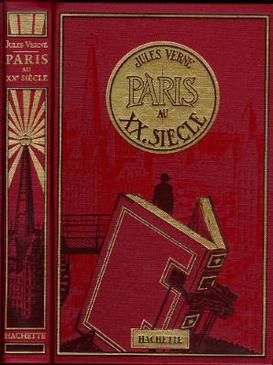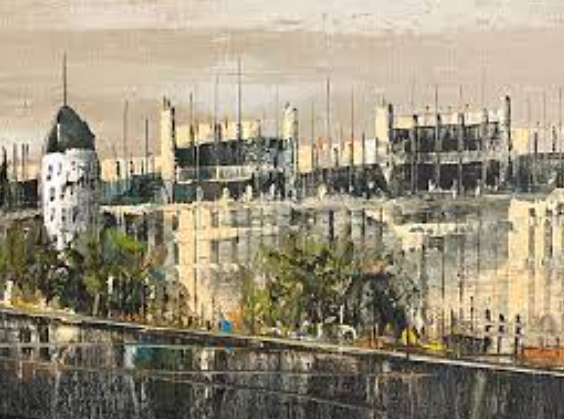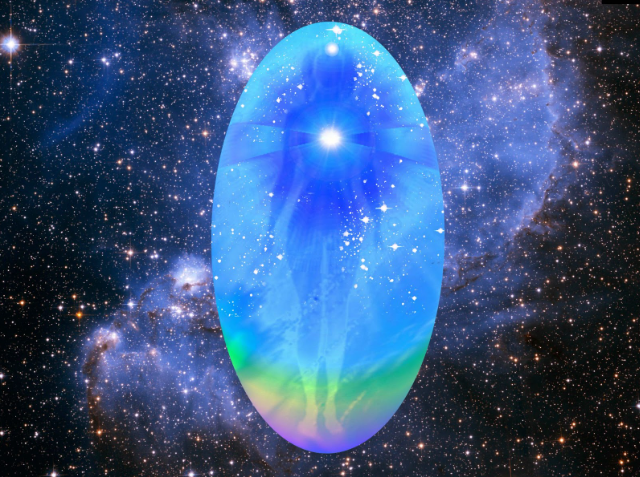
I don’t know about you, dear friends, but despite having read many novels of this author, I had missed one of his works that once again demonstrates the extraordinary nature of this character.
The title is “Paris in the 20th Century”, written in 1863 but discarded by the publisher, left forgotten in a drawer and published posthumously in 1994.
Once again, from this work, it emerges how Verne anticipates the times with a new literary genre. Verne has been called the father of modern science fiction and one of the authors who has most influenced the literature of the “fantastic”.
In his earlier novels we can find that atmosphere of collective optimism, of positive—and perhaps utopian—attitude towards a better life thanks to technological discoveries and industrial development. Slowly, with advancing age and perhaps because of painful family events, this perspective begins to fade.

In this story, the mistrust towards progress, machines and a future in which the individual risks losing oneself really transpires. That’s Verne’s intuition, that’s the first dystopian novel!
The paradox of the story lies in the fact that once again the futuristic imagination, the extraordinary foresight describe, in the mid-nineteenth century, the city (and the lifestyle, I might add) in which the work is published a century later.

With acute irony, “Paris in the 20th Century” is a metropolis organized: by machines that move by means of compressed air, on elevated tracks: one for the outward journey and the other for the return journey; by communication systems that recall network immateriality; by carriages held together by electromagnetic force.
No need for maintenance, no smoke, no steam, cars move thanks to an invisible force: an air engine dilated by gas combustion. At night Paris is bright as day with a “glow comparable to that of the sun”.
Here is a brief passage:
“The men of 1960 were not surprised by these wonders, they took advantage of them daily without any contentment, with their fast pace, with their hasty pace and their American impetus. It was clear that the demon of prosperity pushed them forward without rest and delay”.
“Paris”, but this noun could also be replaced with “The World”, pursues a spasmodic search for profit and exploitation and in the triumph of the cynical logic of the economy.
In this society, there is no longer a place for Art, for writers, for professors, for poets and musicians; libraries no longer exist. The radiant progress of science is contrasted by the dark death of Art.
Authors like Balzac and Dumas were unknown to make way for new poetic verses such as “Electric Harmonies” or “Meditations on Oxygen”, not to mention the “Poetic Parallelogram” or the “Decarbonated Odes”. Once again, Verne is able to cast his gaze far into the future.


